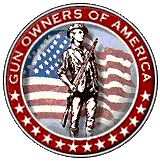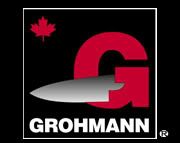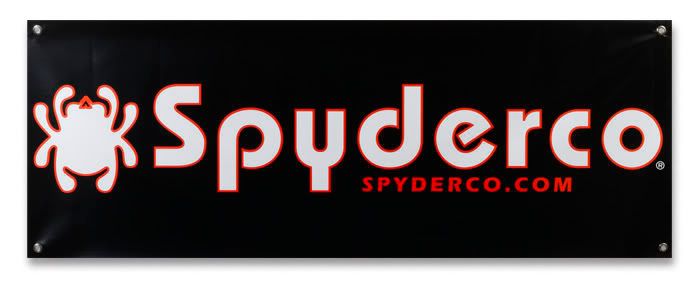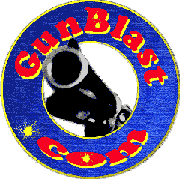Hello-
I have a stupid question for you about reloading the 38-55. I live here in Mississippi and they have made it legal to muzzloader hunt with this caliber. Bullets are extreemly hard to find so I'm fixing to start reloading my own. Problem is that I don't know which die set to purchase. A friend of a friend is reloading his own 38-55 bullets and has a problem with the .377 bullets. Seems his dies are sizing the cases to .375 or .376 and is causing major problems with the .377 bullets. What dies do you suggest or what sollution did you come up with for this problem?
My answer:
Bullets are available from a number of different sources. Lube is important if using cast bullets, are you shooting black powder or smokeless? If smokeless you don't need to worry about lube. Try Cast Performance, Beartooth, Barnes, Montana Bullet Works, and Mt. Baldy Bullets. All have a net presence. You can also go to Buffalo Arms (www.buffaloarms.com) for components and ammo.
As to the bullet seating problem. The .38-55 is a relatively straight case and dies are always sold in three die sets. The first resizes and decaps, the second die bells or flares the case to seat the bullet and the third seats the bullets and crimps. The sizing die SHOULD reduce the inside diameter of the case to about .375" to ensure that a good grip on the bullet. Not so important in a single-shot except for consistency of bullet release, this can be critical in some leveractions. The belling or flaring operation is critical to proper seating of bullets, particularly cast bullets, in the case. It should be just enough to start the bullet in the case without being so much as to excessively work the case mouth. RCBS dies simply bell the case mouth but others, notably Lyman, expand the case mouth in cylindrical form so that the bullet can actually seat a bit to start. Properly starting the bullet is important because the bullet base can't have any imperfections. Imperfections, such as a dented edge on one side, will cause inaccuracy. Some people prefer the M die from Lyman because it expands the case mouth concentrically without depending on the bullets to do that as seated (as the RCBS dies do). Properly adjusted, I've never had a problem with the RCBS dies but it really is a personal preference. I would also say that it is a must to properly trim cases to a uniform length AND to chamfer the cases AFTER the belling operation.
As to which dies to get, I've always used RCBS without problems. Redding and Lyman also have good dies. Some folks are enthusiastic about Lee dies for both price and the Lee Factory Crimp Die (FCD). Every once in a while a reloader has a problem because his rifle's chamber is at one end or the other of the tolerances and the dies are at the opposite end. E.g. dies at the max and a chamber at the min can cause big problems. In my experience this seldom happens regardless of manufacturer.
Question:
What is this new length and when was the change in the dies? What is the correct length - of what?
My answer:
Let's see, this can be confusing. .38-55 original length 2.129", current 2.075". .375 Win 2.010". The reformed/fireformed .30-30 I have goes 2.005" after trimming enough to square up the case mouth.I don't know when the dies were changed. My dies, I got about 1975 (IIRC) and then when I got some new brass with my new .38-55 and went to load it discovered the cases were shorter than my CIL brass. RCBS told me only that the case dimension had changed "many years ago". HOWEVER, it seems that the chambers are still all cut to the original length. I think the current length is just to use the same cup as the .375 Winchester. The .375 Winchester being shorter has the brass in the case wall. The photo, courtesy of Norm Johnson, shows that there really is a diffence in case wall thickness.






















No comments:
Post a Comment